POSETTE 2025 is a wrap! 🎁 Thanks for joining the fun. Missed it? Watch all 42 talks online.
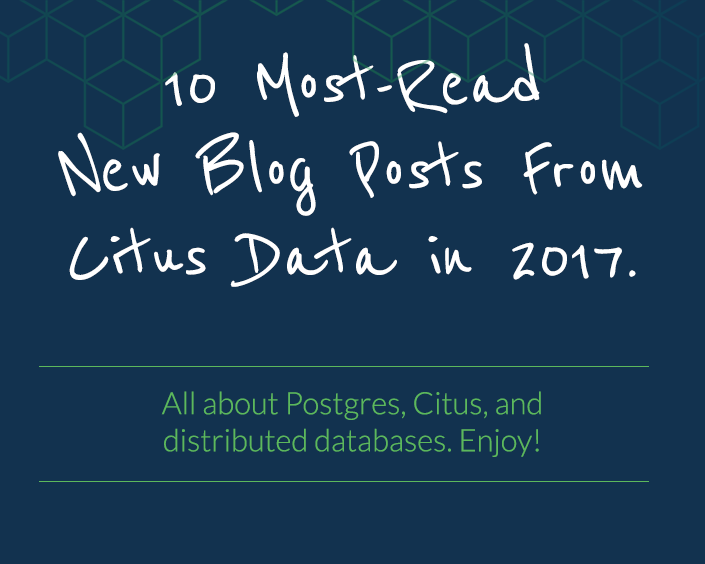
What Postgres and distributed database topics got the most attention on our Citus Data blog in 2017? Out of the 47 new posts we published last year, it’s pretty clear that many of you were interested in sharding relational databases, whether it be Ozgun’s principles of sharding or Craig’s post on figuring out which sharding data model is right for you. Heck, the five sharding data models post was so popular that it even got re-published recently on HackerNoon.
And it’s no surprise that given how many Rails developers love Postgres, both Postgres tips for Rails and scaling out multi-tenant apps on Rails were popular. What surprised me was that scaling out your Django multi-tenant app did not make our top 10 list. My theory, and what I told Sai, the author of the Django library for Citus, is that I think his Django/Citus post would totally have made the cut had it been published earlier in the year, with more time for people to discover the post. And I wish Craig’s awesome post about our Citus Cloud 2 and Postgres announcement had made the top 10 list—but alas, as it was also a November post. Same with the December 27th publication of Craig's awesome post on building real-time analytics dashboards with Postgres & Citus.
I guess the popularity of our Citus posts is influenced by a different algorithm than the Oscars… you know how movies released at the end of the calendar year have a top-of-mind advantage when it comes to winning Academy Awards? Not so on the Citus blog. :)
Our engineering team dedicates a lot of energy to the blog, to share learnings about Postgres and our brand of worry-free Postgres that scales out. So it gives us a real sense of “job well done” that so many of you read the blog. And your recommendations are the best proof that we have added value to your day, so we appreciate it when you share and tweet our posts. Thank you!
Without any more fanfare, here are the 10 most-read posts published on the Citus Data blog in 2017, ordered by date of publication. Take a look to see what others were interested in, to see what you missed, and to see why old-school PostgreSQL is so hip again.

Scale Out Multi-Tenant Apps based on Ruby on Rails
BY LUKAS FITTL | All about the activerecord-multi-tenant Ruby library for Citus, which enables easy scale-out of apps that are built on top of Ruby on Rails and follow a multi-tenant data model.
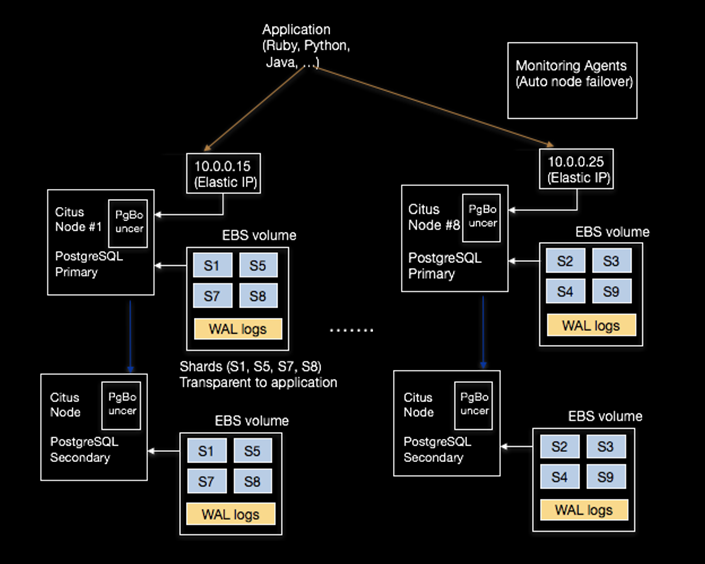
How to Scale PostgreSQL on AWS–Learnings from Citus Cloud
BY OZGUN ERDOGAN | All the things we learned from Postgres users about what they really need, operationally. And why we built Citus Cloud as a fully-managed database as a service on AWS, one that natively integrates with Postgres in the cloud.

Postgres tips for Rails developers
BY LUKAS FITTL | Inspired by all the awesome developers we talked to at RailsConf (Citus was a RailsConf sponsor, and Will Leinweber gave a talk), we wrote a little post to share our Postgres tips more broadly. Enjoy!

Scaling Connections in Postgres
BY CRAIG KERSTIENS | All about connection pooling in PostgreSQL, and our preferred connection pooler: PgBouncer. Yep, we use PgBouncer in our Citus Cloud database.

Scaling out complex SQL transactions in multi-tenant apps on Postgres
BY MARCO SLOT | Distributed databases often require you to give up SQL and ACID transactions as a trade-off for scale. Citus is a different kind of distributed database. All about how Citus enables you to scale out complex SQL queries in multi-tenant apps.

Customizing My Postgres Shell
BY CRAIG KERSTIENS | You spend a lifetime of person-years in your shell and even small optimizations can pay major dividends to your efficiency. In this post, Craig walks you through his beloved .psqlrc file.
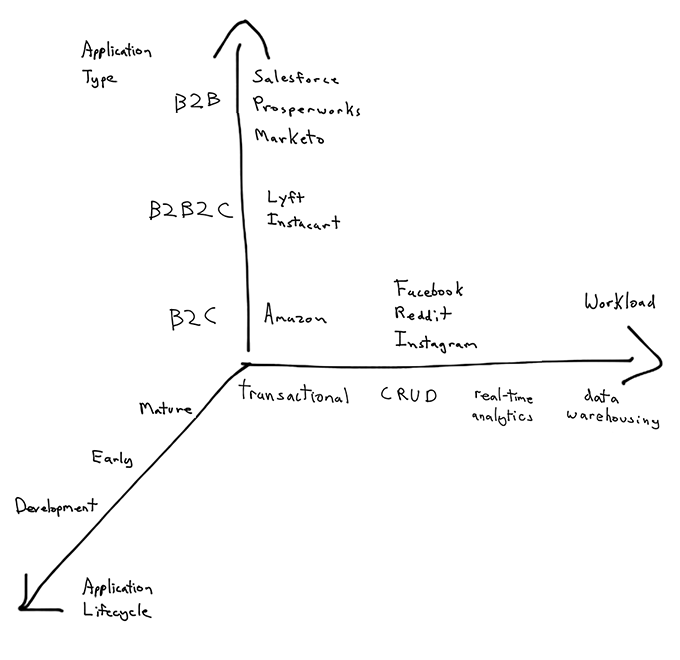
Principles of Sharding for Relational Databases
BY OZGUN ERDOGAN | Sharding enables you to scale your relational database’s cpu, memory, and disk by separating your database into smaller parts. Simple, right? And yet, sharding is a controversial topic. This post is Ozgun’s best take yet on the principles of sharding.
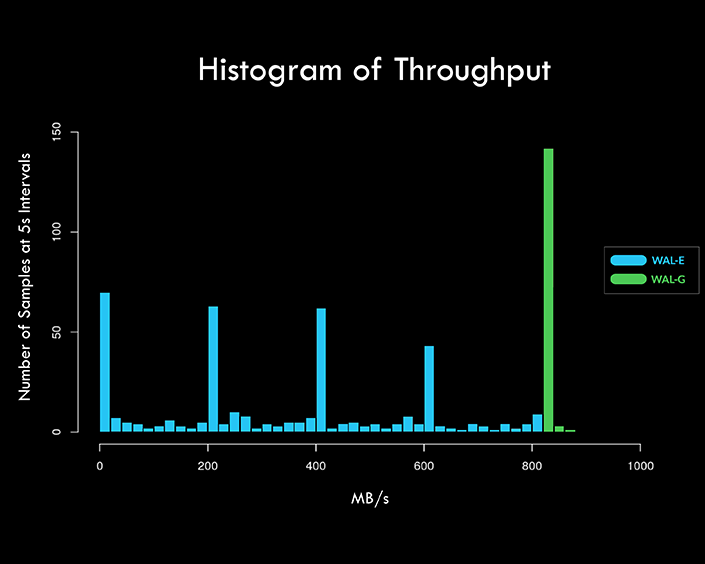
Introducing WAL-G by Citus: Faster Disaster Recovery for Postgres
BY CRAIG KERSTIENS | All about the successor to the popular continuous archiving tool WAL-E (popular among Postgres users, that is) that our summer engineering intern, Katie Li of UC Berkeley, created.
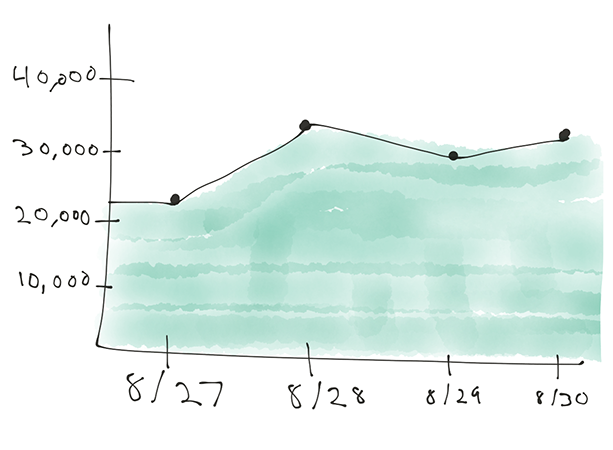
Five sharding data models and which is right
BY CRAIG KERSTIENS | When it comes to sharding Postgres, there are challenges but the good news is that you have options. Craig walks you through five different data models for sharding. Which is right for you? It depends on your application.
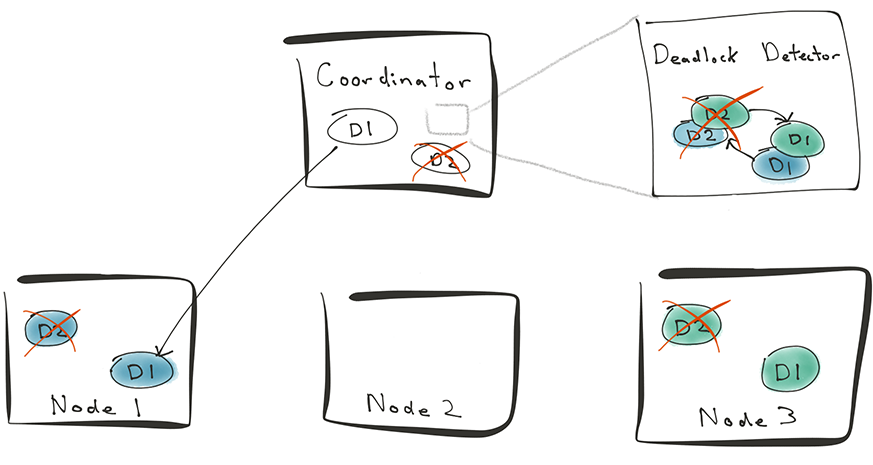
Databases and Distributed Deadlocks: A FAQ
BY MARCO SLOT | During development of the distributed transactions feature in Citus, Marco created this FAQ about locks and deadlocks in PostgreSQL for our internal engineering team. And when we shared the FAQ on the blog, it turns out that many of you found the post useful, too.
